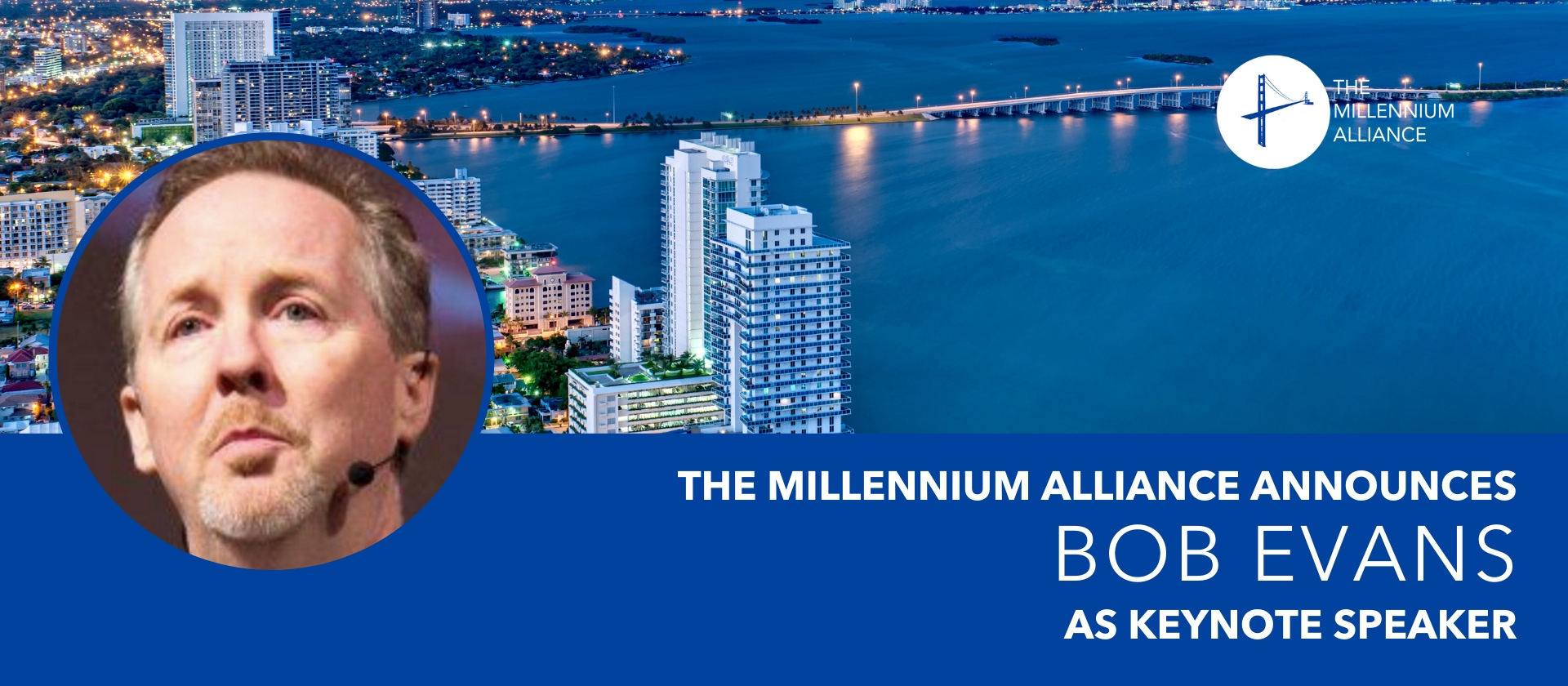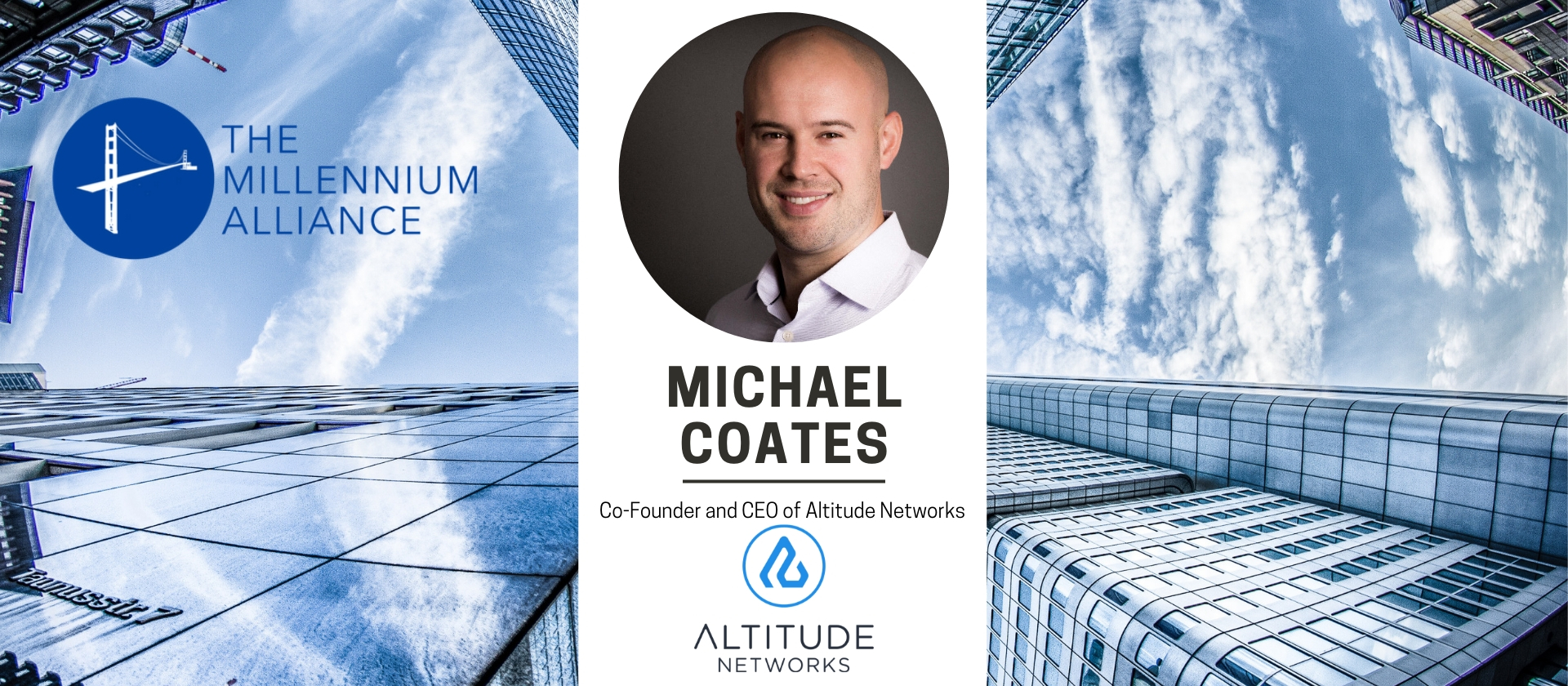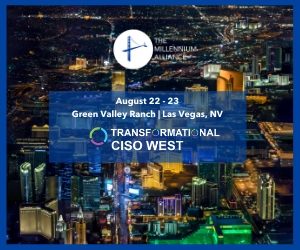Adweek’s annual Women Trailblazers event in New York City kicked off this week, bringing together influential figures in media, marketing, entertainment, sports and technology to discuss topics that involved the underrepresentation of women in the workplace. The conversations and insights that were shared among women (and men!) triggered action from attendees in order to make cultural changes in their organizations.
The conversations that took place at the event are the building blocks we need in order to create awareness and ultimately spark change among women in the workplace. We were lucky enough to have our team member, Cara Bernstein, provide us with the inside scoop on what is being discussed among such influential characters.
10 Things We Learned from Women Trailblazers
1. Being a trailblazer is a responsibility.
What is a women trailblazer, anyway? Being a voice in the industry, creating disruptive change, and breaking the societal norms. IMG Model and Disabilities Advocate, Jillian Mercado, started the conversation at this event with her story of the challenges she faced to become a model, and now feels a responsibility to advocate for others. Another panel featuring three women all on corporate Boards each agreed that while rewarding, being on a Board is not all fun and games.
“It’s a lot of commitment. Having the marketing background helps but in addition to that marketing perspective, their needs to also be the female perspective. It’s not a four times a year stamp of approval type of commitment.” Susan Vobejda, CMO, The Trade Desk
It is a responsibility where you are not only using your expertise and past experiences to make decisions for the businesses, but to also represent women in a table of mostly men.
2. There will always be expectations from your spectators.
No matter the industry, people are inevitably watching you as you climb the ladder. The cleverly titled session, “Playing With The Boys” featured an all star panel of female athletes who feel constant pressure and expectations from the people back home.
“People expect girls to fail.” Hailie Deegan, Professional Stock Car Driver, NASCAR
With this in mind, women in the workplace are still evolving. What can women do to keep going despite these expectations? Join ’em.
4. Invite men into the conversation.
For a more humorous take on exactly how to ‘join em’, four former PepsiCo Executives took the stage with examples of specific situations they have been in as a female in the corporate world. You are at the table but not quite in the conversation. You want to go out for drinks with the team of guys, but don’t get the invite. You want to nail your performance review but only talk about areas for improvement. Women should be able to use language to make these approachable conversations. Don’t shy away from putting yourself right into it. Invite yourself to the golf outing, list the accomplishments you have mastered for your annual review, and YOU be the one to invite the men into the conversation.
5. Be true to yourself.
Because you don’t have any other option. One of the most exciting elements for Twitter Executive, God-Is Rivera, in working for the social platform is the individuality one can showcase.
“Everyone has the same amount of characters and everyone can be heard.” God-Is Rivera, Global Director, Culture and Community, Twitter
Make your brand bold. And don’t be afraid to be yourself.
6. Create fans, internally and externally.
Collaboration, while a fluffy buzzword, is critical in building trust to inevitably break boundaries, build purpose and become a trailblazing leader.
“If you don’t have the fan along with you, it’s not going to work.” Jill Gregory, EVP, CMO, NASCAR
While Gregory was referring to her avid NASCAR fans, this quote reigns true for your internal fans and supporters as well.
7. Change the cultural conversation.
Even in 2019, there are still so many topics that women cannot yet bring out into the open and out of hush hush. The two women who co-founded ad agency, Fancy LLC, are definitely not afraid of doing this. Their agency is geared towards industries where women voices are absent – aging, sexuality, mental health, the list goes on. This non-dialogue is slowly changing, but surely we shouldn’t be so closed off about it. Discussing bold, intercepting, culture changing work is what it’s all about.
8. Have thick skin.
Erin Andrews, Broadcaster for FOX Sports, has never once thought about being a female in a male dominated industry. She’s too busy to think twice about it! You can imagine the backlash Andrews gets from fans and spectators who watch her on the big screen at every game. But she’s got some thick skin. She pushes social media aside after each game and instead focuses her attention on the next thing (which is usually a trip to the airport for another game, a taping of a Dancing with the Stars episode, or to see her family. Hello, balance!)
9. Create your own path and know your worth.
Don’t fall into anyone’s footsteps and don’t allow someone to push aside your values.
“On a Board, there are different Executive committees which all consist of different job titles for diversity and variety. Where can you add value?” Sarah Hofstetter, Board Member, Campbell Soup Company
People should be excited to get your perspective.
10. Inclusion should be key in any organizational culture.
Mandy Rico, Global Director, The Inclusion Index at Kantar, stressed this point from the start of the event. Whether you are at the beginnings of your career or an Executive who runs a team, keeping this in mind is essential to become an inclusive leader.
 As more and more businesses look to digital technology and strategies to transform their business, CIOs know that data and information technology have never been more important. Understanding the convergence of mobile, social, and cloud is the first critical step for organizations looking to create opportunities and stay ahead of the competition.
As more and more businesses look to digital technology and strategies to transform their business, CIOs know that data and information technology have never been more important. Understanding the convergence of mobile, social, and cloud is the first critical step for organizations looking to create opportunities and stay ahead of the competition.




 #3 Look internally – growing security members from within your company
#3 Look internally – growing security members from within your company




 With
With 

